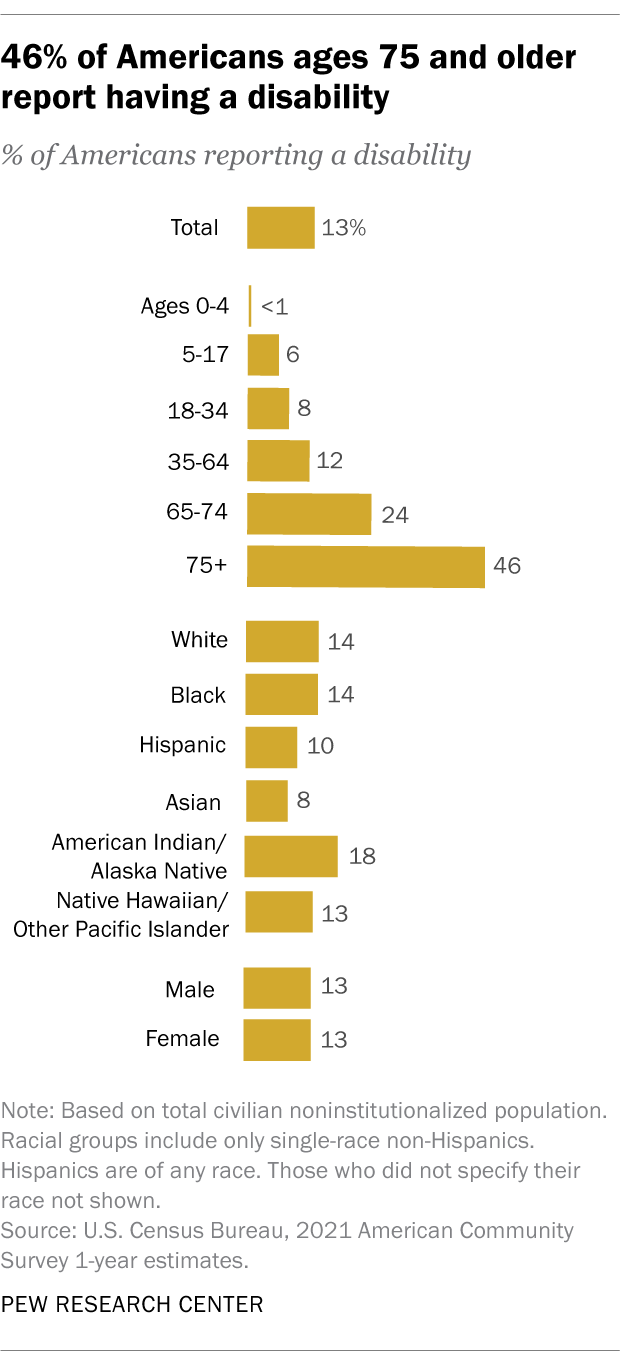Want your marketing to make a significant impact? It’s time to create a website that everyone can use. Yep, we’re talking about web accessibility.
It’s not just about following the rules and protecting ourselves legally; it’s about ensuring everyone feels welcome online. Because, frankly, the internet is for everyone.
I hear many organizations talk and talk about putting diversity and inclusion at the forefront of their marketing and company values, but they rarely remember that accessibility is also part of that.
The only way to be truly inclusive is to create an excellent experience for all your customers, including those with disabilities.
Let’s dive into where accessibility and DEI meet.
Table of Contents
Accessibility Benefits Diversity
A couple of years ago, a local organization put on an event to promote DEI in our area. It’s great to see many business leaders care about inclusion and want to learn from various perspectives.
But do you know what I saw missing from this lineup? Anything related to accessibility of any kind.
So often, when we think about diversity, we focus on the “known” variables and sometimes forget that it should include an overlooked population segment.
The American Psychological Association defines equity, diversity, and inclusion as a “framework that promotes the fair treatment and full participation of all people, especially populations that have historically been underrepresented or subject to discrimination because of their background, identity, disability, etc.”
Notice that “disability” is included in that definition? When we focus on DEI, we must remember that it includes individuals with different abilities, too.
Users with Disabilities are Diverse
Something else we need to remember when it comes to DEI? The disabled population is diverse, too.
According to data released by the Pew Research Center, Americans with disabilities are made up of about 14% White, 14% Black, 10% Hispanic, 18% American Indian or Alaska Native, and 13% Native Hawaiian.

Your marketing and website could be missing out on a diverse group of people because you’re addressing some of their needs but not others.
Accessible Websites Help Everyone
What does this data tell us about web accessibility?
An accessible website helps everyone.
One key factor in building an accessible website is that it should help everyone who visits it use and connect with the content.
You want more conversions, right? More people to sign up to receive information from you or buy from you?
You have to make your website easy to use. When we create a website that is accessible to diverse audiences, it works better for literally everyone in your customer base. An accessible website allows everyone to access your information and engage with your organization.
Now you have a website that’s working for you.
Diversity Benefits from Accessibility
Your accessible website can only help your DEI initiatives.
Has your organization been talking a lot about your commitment to diversity, equity, and inclusion?
An accessible website creates a welcoming environment for all of your users.
When your website is accessible, it’s inclusive and allows for your diverse audience to engage with it. You’re also creating an equitable experience for everyone visiting your website.
Web accessibility is quite literally DEI in action, allowing your organization to live up to the values that you say are important to you.
DEI Has an ROI
Many organizations focus on DEI initiatives to foster inclusion, but that’s not the only reason. The cold, hard truth is that DEI has a powerful ROI impact on businesses.
A Harvard Business Review found that companies with strong DEI efforts not only help a business unify but also allow that business to adapt better to change. (Something we’ve all needed these last few years.)
And Mckinsey found that companies with diverse leadership tend to outperform their competitors.
But how about when we fold accessibility into our DEI initiatives?
Accessibility Attracts a Wider Audience
We’ll see even more benefits when we ensure that our marketing and overall company culture are inclusive.
By making our websites and digital marketing accessible, you can increase the number of loyal customers by up to 28.7%.
How so?
It’s pretty simple. 28.7% of the adult US population has some type of disability. You’re leaving a lot of customers and money behind when you don’t have a website or online experience that caters to them.
Remember how I said that accessibility best practices help everyone in your customer base connect with your website? There are consequences if you don’t worry about your customers’ experience. Up to 69% of your website visitors click away from poor user experience.
And in a recent study by Acquia, 51% of disabled users said they would seek out alternative options if a website isn’t accessible, and 31% would complain to their family and friends about the issue. 20% even said they would use social media to inform others about their problems using a business’s website.
Not being accessible causes you to lose out on customers. Whether or not you’re accessible affects everyone who visits your website, much like your approach to diversity, equity, and inclusion affects everyone who comes into your organization.
Gen Z Cares About Brand Authenticity
Many businesses and organizations claim that DEI is important to them, but what happens when they are hit by a lawsuit that shows they are actually not?
They’re going to lose customers.
But most importantly, they’ll lose the trust of their market.
Authenticity should matter to you if you’re an organization trying to attract anyone in this cynical marketing world. It should be even more so if your ideal clients are in Gen Z.
According to research from the National Retail Federation, Gen Z cares a lot about the authenticity of the brands they buy from. They’re not as easily swayed by marketing and have the digital knowledge to navigate between real and fake claims.
You can’t be authentic with DEI initiatives if you’re not being inclusive to everyone. And believe me when I say that Gen Z is paying attention.
What Happens to DEI When We Ignore Accessibility
The fundamental goal of diversity, equity, and inclusion initiatives is to foster allyship within our organizations and communities. We want to show that we understand we have differences but provide ways for everyone to get involved as they wish.
Many organizations do great with basic DEI principles but miss out on accessibility.
Why?
For one, the ADA doesn’t have clear-cut guidelines on what we need to do for digital accessibility. While they recommend businesses and organizations follow the Web Content Accessibility Guidelines, the enforcement of these rules is not clear-cut.
Second, individuals and organizations who bring lawsuits against inaccessible websites and businesses often get stigmatized as greedy or unfair. (Just a quick note that it’s mainly because of these lawsuits that any progress has been made in more explicit guidelines.)
Third, accessibility requires a skillset that many businesses simply lack and don’t know how to tackle, mainly because of inconsistent guidance from the ADA.
But what can happen when we ignore accessibility?
The Harvard Accessibility Fallout
Let’s discuss one of those accessibility lawsuits. In 2019, the National Association of the Deaf (NAD) won a huge settlement with Harvard University for not providing resources for students who are deaf or hard of hearing.
The problem? Harvard was increasingly using online resources, live streaming events, and providing content to students with no or inaccurate closed captioning. Harvard also had no published policy to ensure that these online resources were accessible to everyone.
Because of that lawsuit, Harvard had two years to caption existing content and had to caption content by request within five business days.
That suit also encouraged Harvard to create a Digital Accessibility policy to help ensure they wouldn’t exclude other students.
Harvard has long had a reputation for great DEI policies, yet they completely missed the boat on accessibility. That was a costly mistake.
Accessible Websites Can Only Help DEI
So many companies and organizations want to make DEI a focal point for their initiatives, but if you forget accessibility, you’re missing out on a big portion of DEI.
When we include accessibility as part of our DEI initiatives, however, we’ll only positively impact everything else we do.
Plus, web accessibility is a win-win. Creating accessible websites and experiences helps us to include everyone in our audience, expand our reach, and protect our business.
Sitting down with your boss soon? Recommend they start paying attention to web accessibility.



